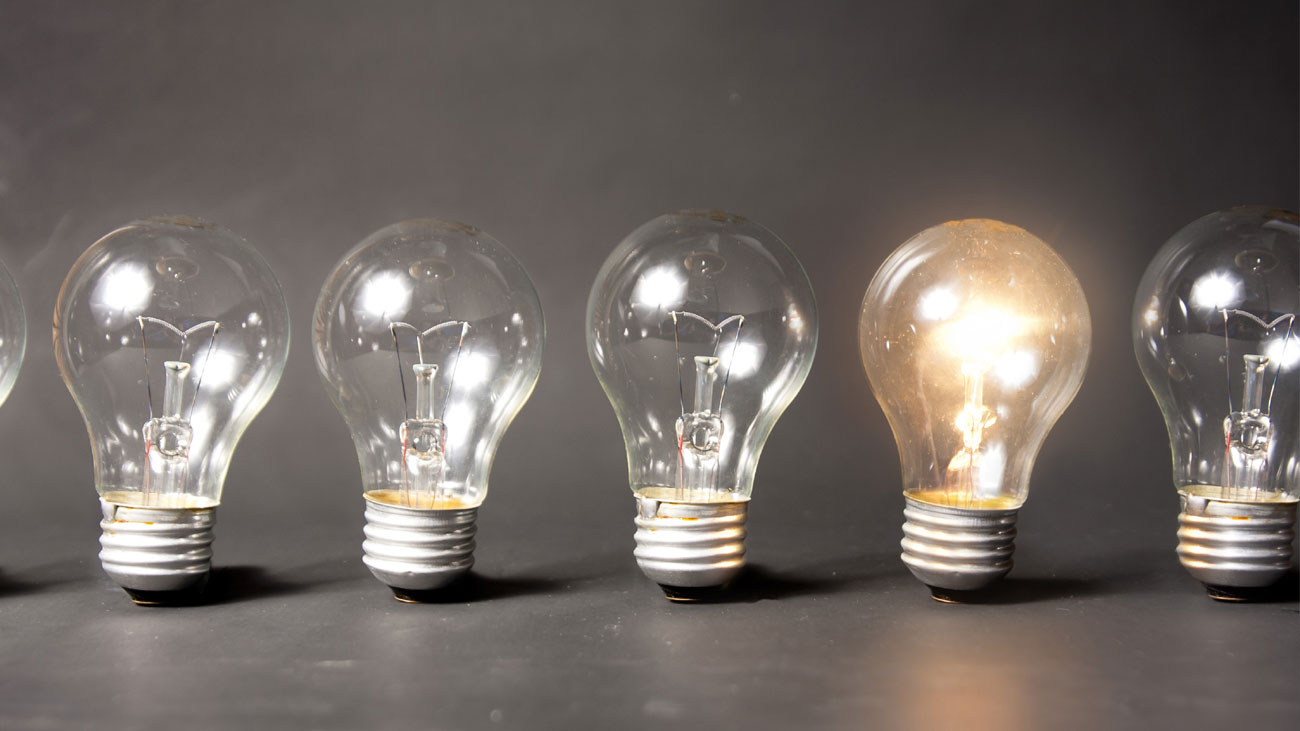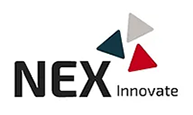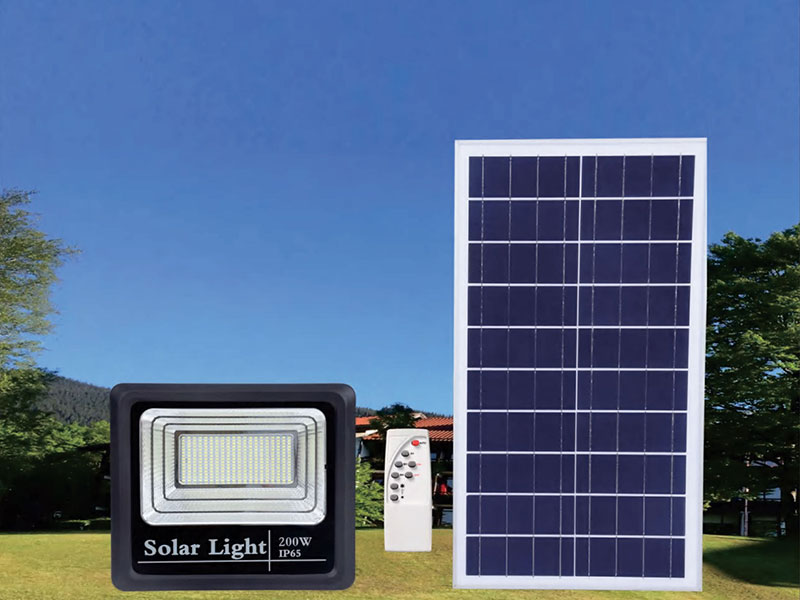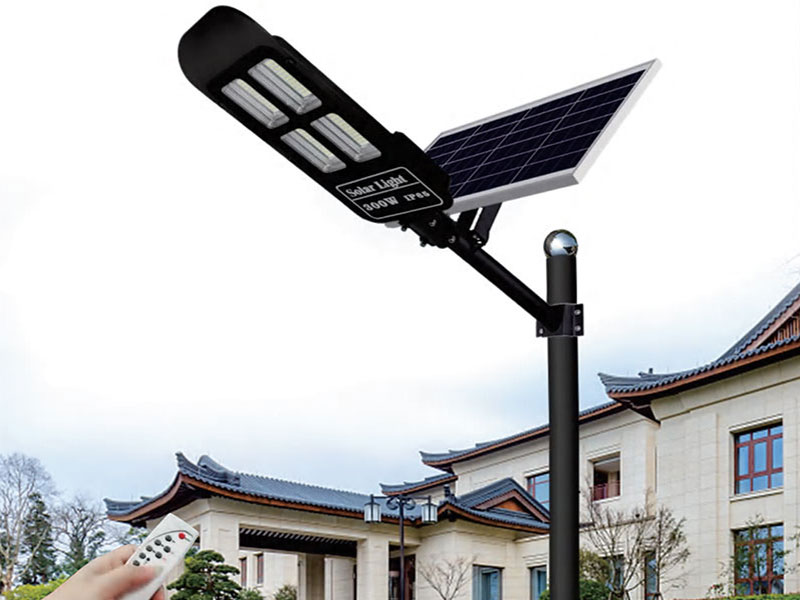
Smart Lighting
Smart Lighting: Connecting Light and Technology for a Comfortable Environment
Background: The concept of "smart city" has provided a significant opportunity for the development of human society with the rapid growth of urban construction. Smart lighting plays a crucial role in promoting the development of smart cities, and its essence lies in high efficiency, energy conservation, environmental protection, and safety. The Nex Smart Innovation Lighting System, with Bluetooth wireless communication technology as its core, utilizes big data, artificial intelligence, blockchain, and other technologies to achieve the goal of local control of intelligent lighting.
Scenario Introduction: The Nex Smart Innovation Lighting System realizes intelligent control management of lighting through advanced control technology and wireless Internet of Things communication technology. It connects the panel with various intelligent terminals, such as mobile phones, computers, and iPads, to enable remote control of light switches, dimming, color, and one-button lighting scenes. Compared to traditional lighting, the Nex Smart Innovation Lighting System significantly enhances control, maintenance, and overhaul capabilities, thereby achieving the purpose of convenience, safety, energy-saving, comfort, and efficiency.
Application Scenarios:
Hotels, restaurants, and other entertainment consumption places
- Scene control: preset scene modes, such as preparation mode, day mode, night mode, cleaning mode, security mode, emergency mode, etc., each corresponding to different lighting effects.
- Timing control: timing switch scene mode and timing switch.
- Manual control: control lighting through smart panels or touch screens to achieve single-point control, multi-point control, area control, and other effects.
- Light sensor control: install illuminance sensors in rooms or corridors to make full use of natural light to combine artificial and natural light, conducive to energy-saving and consumption reduction. Outdoor landscape lighting is automatically switched on and off by light sensing.
Parks, scenic spots, and other leisure public places
- Scene control: preset scene modes, such as normal mode, temporary mode, holiday mode, major event mode, emergency mode, etc., each corresponding to different lighting effects.
- Timing control: switch scene modes regularly and switch the lighting of the specified area on and off regularly.
- Manual control: control lighting through smart panels or touch screens to achieve single-point control, multi-point control, area control, and other effects.
- Light sensor control: fully capture natural light and automatically switch on and off through light sensing.
- Wireless control: managers can control light switches and scene changes through mobile terminals such as mobile phones and PAD.
- Central control: monitor the operating status of the lighting system through the monitoring center.
Shopping malls, office buildings, and other large-scale commercial district buildings
- Scene control: preset scene modes, such as preparation mode, business mode, closing mode, holiday mode, etc., each corresponding to different lighting effects.
- Timing control: turn on the hall lighting and outdoor landscape lighting regularly and automatically cycle the start and stop every day.
- Manual control: control lighting through smart panels or touch screens to achieve single-point control, multi-point control, area control, and other effects.
- Light sensor control: install illuminance sensors indoors or corridors to make full use of natural light, realize the combination of artificial lighting and natural light, and help save energy and reduce consumption. Outdoor landscape lighting is automatically switched on and off by light sensing.
- Wireless control: managers can control light switches and scene changes through mobile terminals such as mobile phones and PAD.
- Central control: monitor the operating status of the lighting system through the monitoring center.
Application Effects:
- Reduce investment, save energy consumption, and extend the life of lamps.
- Improve the lighting environment and improve work efficiency.
- Improve management level and realize scientific management.

























